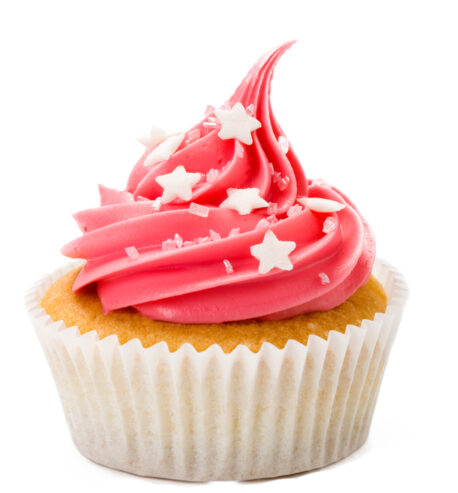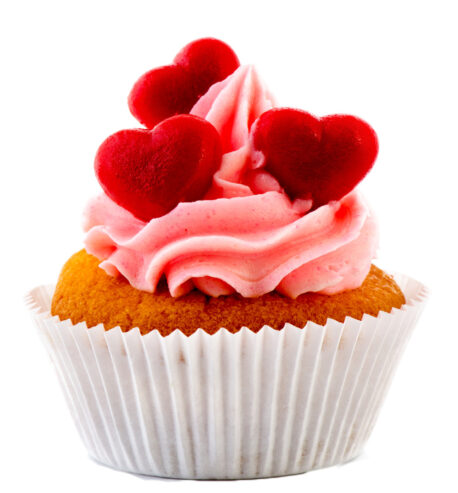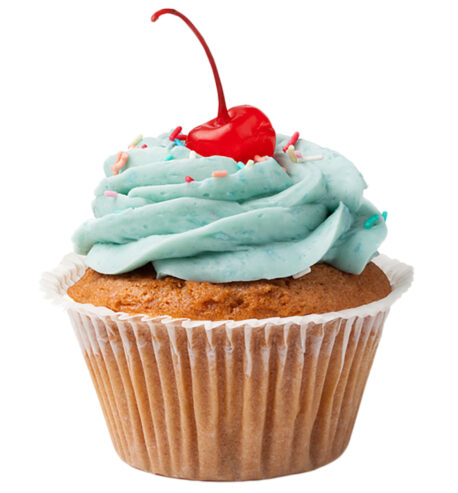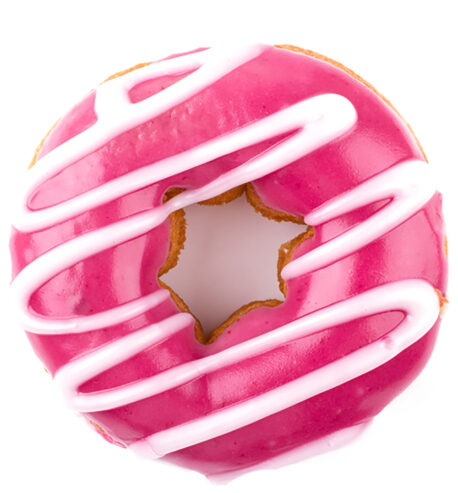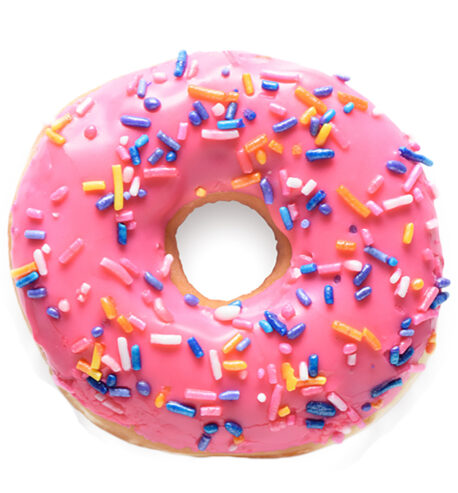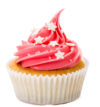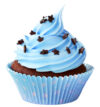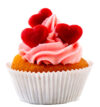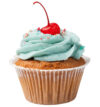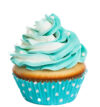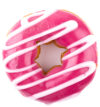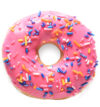
15+ Awesome Lessons You Can Teach Kids Through Baking Bread

15+ Awesome Lessons You Can Teach Kids Through Baking Bread
by Laura Hudgens at www.boredteachers.com
In the early days of the Coronavirus crisis, pandemic trends sprang up across the country. And while some have come and gone (see ya, Tiger King) baking bread seems to be here to stay. That’s probably because, once people discover the satisfying feeling of dough between their fingers, that enticing, yeasty aroma wafting through their home, and the absolute delight of spreading butter across a warm slice of homemade goodness, they want these experiences over and over.
However, baking bread isn’t just satisfying. It can also be a great learning experience in a variety of subjects. Check out these excuses (ahem, educational incentives) for teaching the art of bread baking in the classroom.
Baking is a delicious way to teach math concepts.
Math teachers, if you’ve ever had a student ask you, “When am I ever going to use this again?” baking is your answer to that question.
1. Fractions
This recipe calls for ¼ cup of flour. How much flour do we need to double this recipe? If we cut this loaf into 12 slices and Carlos ate two slices, how much bread did Carlos eat? And while doubling or tripling a recipe might not be all that complicated for older students, ask your class of 25 kids how many cups of flour they will need for a recipe calling 2 ⅔ cups of flour if everyone is going to take home a half loaf of bread. Or ask them how many loaves they need to bake if everyone is going to take home four 1- inch thick slices of bread.
2. Using and reading a scale to weigh ingredients
Find a bread recipe that calls for weighing ingredients and let students practice measuring grams of flour, salt, and yeast. Discuss the benefits of weighing ingredients instead of measuring them with older or more advanced students.
3. Convert weights to measurements
How many grams are in a cup? If a recipe calls for 9 grams of yeast, how many teaspoons is that?
4. Converting recipes from metric to imperial measurements
Give students a bread recipe that calls for metric measurements and let them figure out how to make it using standard American measuring cups and spoons.
5. Reverse engineering
This probably won’t work for yeast breads, but using a sweet bread recipe, like chocolate chip banana bread, ask students to figure out how to adjust the ingredients if they only have 1 cup of flour instead of 1 ½ cups of flour. (Tip: To make this recipe, check with your local grocery store for a deal on over-ripe bananas.)
Baking is a science!
It has been said that cooking is an art, but baking is a science. While one can toy with a pasta sauce, a soup, or a casserole—tweaking measurements, trying out different ingredients, and adjusting cooking times or temperatures–that is not the case with baking. Because when it comes to baking, especially bread, success depends on the right chemical reactions taking place, and this depends on using exact measurements, temperatures, and even kneading and rising times. This makes baking a fun way to teach several scientific concepts.
1. States of matter
Young scientists can observe and use states of matter when baking.
2. Basic chemical reactions
Adding warm water (a liquid) to yeast, activates it and converts sugar (a solid) into carbon dioxide (a gas). A fun way to demonstrate this is to blow up a balloon using only these ingredients.
3. Cool chemistry
Flour, water, salt, yeast—how can four simple ingredients combine to make something as wonderful as a loaf of warm, crusty bread? The answer, of course, is science. And this handy, downloadable graphic explains it all.
Reading and writing about bread and baking
If I could impart to my students the joy of curling up with a cup of tea, a slice of buttered toast, and a good book, I would be happy. Fortunately, there are more academic ways to work bread into a literacy curriculum.
1. Picture books about bread
- Everybody Bakes Bread by Norah Dooley
- The Bread Pet: A Sourdough Story by Kate DePalma
- Fry Bread: A Native American Family Story by Kevin Noble Maillard
- The Bagel King by Andrew Larsen
- Bread Around the World by John Serrano
- Sun Bread by Elisa Kleven
- Making Bread With Baker Ted by Adriana Cerrotti
- Bread Lab! by Kim Binczewski
After reading one of these delightful bread-themed picture books, extend the lesson by making bread in a bag, sesame breadsticks, this easy (no yeast) soda bread, yummy cinnamon swirl bread, or this kid-friendly bread recipe.
2. Descriptive writing
If you want your students to use sensory images in their writing, engage all their senses in making (and eating) bread then ask them to write about what they saw, heard, felt, smelled, and tasted.
3. Creative writing
Talk about the bread baking trend that sprang up during the pandemic. Read articles about baking or about how bread is used in various celebrations and ceremonies around the world. Talk about the literary symbolism of bread, and explore sayings about bread. Bake bread together and discuss the experience. Finally,ask students to write a short story or personal essay about baking bread.
Life skills and life lessons
By sharing the experience of baking and breaking bread with classmates, students can learn a lot.
- Reading and following directions. Again, baking bread is a science. There is very little room for error. Students who tend to skim or cut corners will learn this.
- Cleaning and caring. Obviously, the fun parts of baking bread are making it and eating it. But learning to take proper care of cooking supplies and tools and to clean up one’s own mess are crucial life skills.
- The joy of gift-giving. By teaching kids to make bread you will be giving them a skill they can draw on time and again to share with others. Teach them that a loaf of homemade bread is a wonderful token of hospitality, friendship, sympathy, or encouragement.
- The satisfaction of making something from scratch. Don’t just bake bread with your students – savor it. Create pretty place settings, or take warm slices outside and eat in the sunshine. Consider bringing in a loaf of store-bought bread and comparing it to your homemade bread. Most importantly, help students see that taking the time to make something from scratch is worth it—at least sometimes.
Tips for bread-baking lessons
- Talk to the head of food services. Most of us don’t have ovens in our classrooms, so check with food services about using their ovens, or ask if they will bake your prepared loaves.
- Make bake-at-home bread. Bread in a bag works well for this. Just be sure to send home detailed directions.
- Practice at home. Whichever recipe you use, practice it to be sure all goes well.
- Communicate with parents. Let parents know your plan for the day so they can dress their kids accordingly.
- Use safe food handling practices. This is particularly important if your recipe calls for eggs. And never let students taste raw dough—eggs or no eggs.
- Be aware of food allergies. If necessary, check out these gluten-free biscuits or use a gluten-free baking mix.
Baking bread is one of life’s great pleasures. A bread-themed project will allow you to have fun with your students while combining applicable knowledge, life skills, and joy into one delicious activity. Happy learning and bon appetit!
